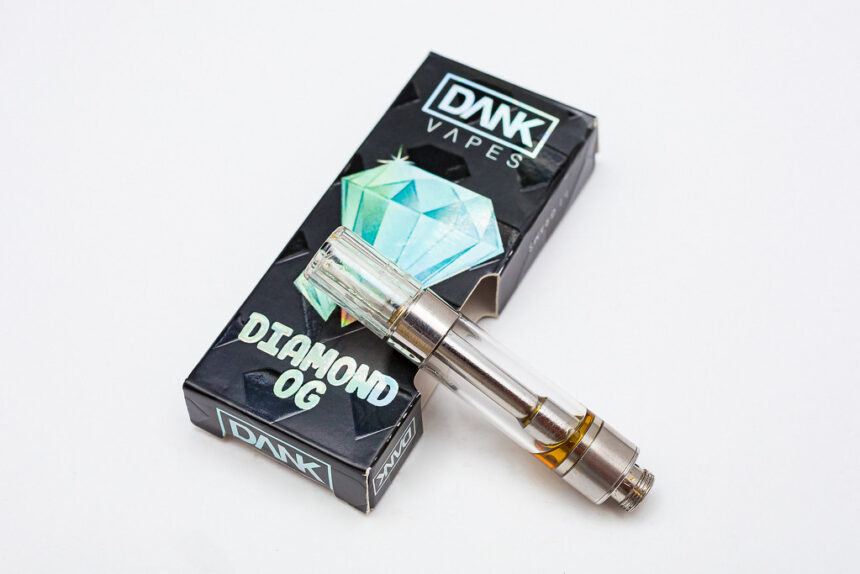Due to rising prices, China’s consumption of gold fell by more than 11 percent on an annual basis between January and September.
China Gold Association reported on Monday that during the first quarter of 2024 China consumed 741.732 tonnes of gold, a decline of 11.2% compared to the same period last year.
India and China are the two largest gold consumers in Asia.
Gold prices have been high this year, and that has deterred many consumers from purchasing jewellery. This is reflected in data.
Due to geopolitical tensions and optimism about rate cuts, gold prices have increased by more than 30%.
The COMEX’s most active December contract for gold had reached a record-high of $2,772.60 an ounce at the beginning of this month.
Jewellery Purchase Slips
China’s jewellery demand, which makes up nearly 54% the total yellow metal demand, has been sharply lower during the first nine month of this year.
The consumption of jewellery fell 27.5% between January and September, to 400.038 tonnes.
The association said:
The price of gold has been rising over the past three quarters. This has affected jewellery purchases, but the rapid growth of e-commerce platforms such as instant retail and live streaming have driven small gram consumption of gold jewelry.
The data shows that the use of gold in industrial and other purposes fell by 2.8% on an annual basis to 58.973 tonnes during the first quarter of this year.
The association stated that the price of the metal continued to increase in the first three-quarters and the demand for gold jewellery was affected.
Gold production also falls
China’s raw gold production during the period January-September was 268.068 tonnes, a decrease of 3.180 tons from the same period last year.
The association stated that 209.710 tonnes of gold were produced by gold mines, and 58.358 tonnes from non-ferrous products.
Additionally, in the first three-quarters of 2024, imports from raw materials produced 111.207 tonnes of gold, an increase of 15.3% on a year-onyear basis.
The association said:
Included in the total is this portion of gold produced by imported raw materials, which represents a 3.20 percent increase year-over-year.
Trading volumes rise
The cumulative bilateral trade volume of all types of gold at the Shanghai Gold Exchange in the first three-quarters of the year was 46,500 tonnes, up 47.5% from the previous year.
The domestic gold ETF holdings also increased to 91.39 tonnes, an increase by 29.93 tons since the end of 2023. This is an increase of 48.7%.
The association stated that during January-September “geopolitical conflict continued, global economic recovery was weak and the hedging role of gold was reemphasized.”
The most active December gold contract at COMEX is currently $2,744.65 an ounce. This is down 0.4% compared to the previous close.
Commerzbank AG predicts that as gold prices continue to rise due to safe-haven demand, and increased bets about the US Federal Reserve lowering interest rates, the consumption of precious metals will suffer, especially in the top consumer countries such as China and India.
This post China’s Gold Consumption Drops 11% As High Prices Deter Buyers may be updated as new developments unfold.






